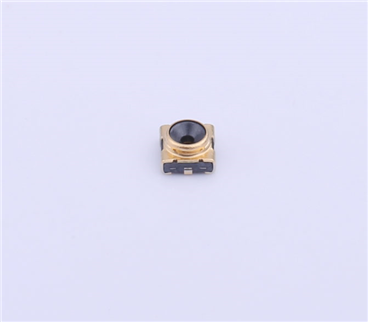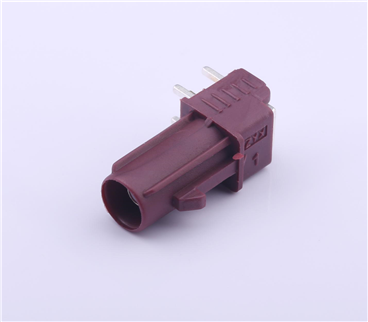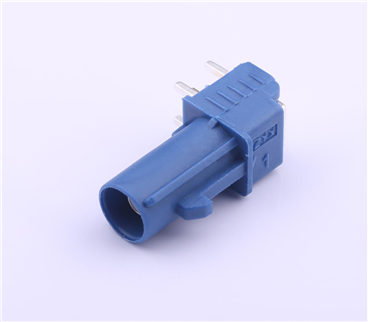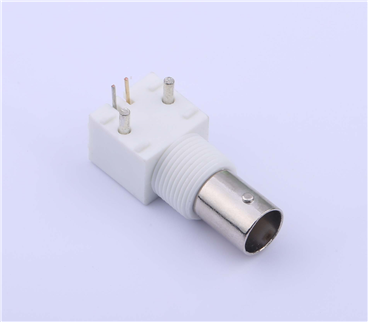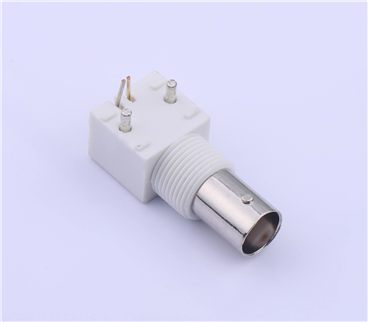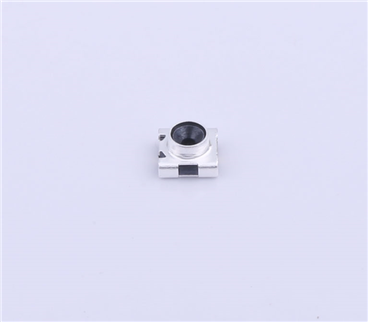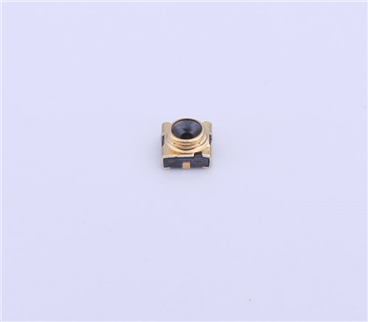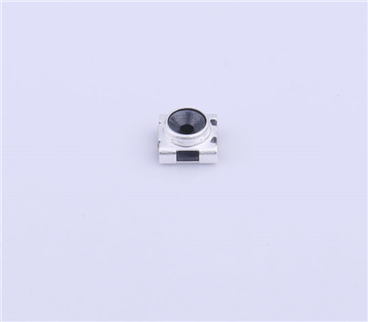Service hotline
+86 0755-23615795
Release date:2025-07-07Author source:KinghelmViews:18
The material of a DIP switch significantly impacts its performance, primarily through mechanical properties, electrical characteristics, and chemical stability. Different materials affect durability, conductivity, and reliability as follows:
1. Enclosure Materials
Plastic
Insulation Performance: Offers excellent electrical insulation to prevent electric shock and short circuits, making it ideal for applications requiring high electrical safety.
Lightweight and Cost-Effectiveness: Lightweight, easily molded, and cost-efficient, making plastic enclosures suitable for consumer electronics and cost-sensitive applications.
Durability Limitations: Ordinary plastics exhibit lower hardness and wear resistance. Prolonged use or harsh environments may cause abrasion or cracking, affecting lifespan and stability. Typically used in benign conditions with moderate durability requirements.
Metal
Strength and Protection: High mechanical strength provides superior protection for internal components, withstanding impacts and compression. Ideal for industrial controls, aerospace, and high-frequency operation scenarios.
Heat Dissipation: Enhanced thermal conductivity prevents overheating, improving operational stability and longevity in high-power applications.
Electromagnetic Shielding: Effective EMI shielding minimizes external interference and reduces electromagnetic emissions, critical for environments with strict electromagnetic compatibility (EMC) requirements.
2. Contact Materials
Copper Alloys
Conductivity: Excellent electrical conductivity ensures low resistance and minimal energy loss, suitable for circuits requiring high signal transmission accuracy.
Machinability: Easily formed into various shapes, supporting miniaturization and diverse design needs.
Oxidation Resistance: Alloying elements (e.g., zinc, tin) improve oxidation resistance, though additional protective coatings may be necessary in extreme environments.
Precious Metal Alloys (e.g., Gold, Silver)
High Conductivity and Stability: Superior electrical performance and chemical inertness maintain stable contact resistance, ensuring reliable signal transmission. Preferred for high-reliability applications like aerospace and precision electronics.
Corrosion Resistance: Exceptional resistance to moisture, acids, and alkalis extends service life in corrosive industrial or climatic conditions.
3. Pin Materials
Copper
Electrical Connectivity: Ensures reliable signal transmission with low resistance, minimizing signal attenuation. Widely used in PCB applications.
Flexibility: Facilitates bending and soldering during installation, though alloying may be required for high-strength applications.
Tin-Plated or Silver-Plated Copper
Oxidation Prevention and Solderability: Coating layers protect against oxidation while enhancing solder joint reliability, reducing defects like cold joints. Commonly adopted in electronics manufacturing for improved production quality.
This translation maintains technical accuracy while optimizing readability for engineering documentation. Key considerations include precise terminology (e.g., "electromagnetic shielding" vs "EMI shielding"), material property descriptions, and application-specific performance impacts.

Kinghelm KH-BM-SMT1.27-4P Product Image
About Kinghelm
Kinghelm is a leading provider of high-quality electronic components,including RoHS-compliant antennas, wires, plug-ins, switches, and connectors. With over 17 years of experience, the company serves industries including automotive, telecommunications, industrial automation, medical devices, and consumer electronics. Kinghelm is known for its durable, reliable components that meet international standards and are used in applications ranging from renewable energy to IoT devices.

